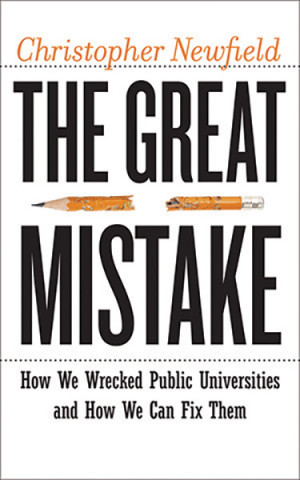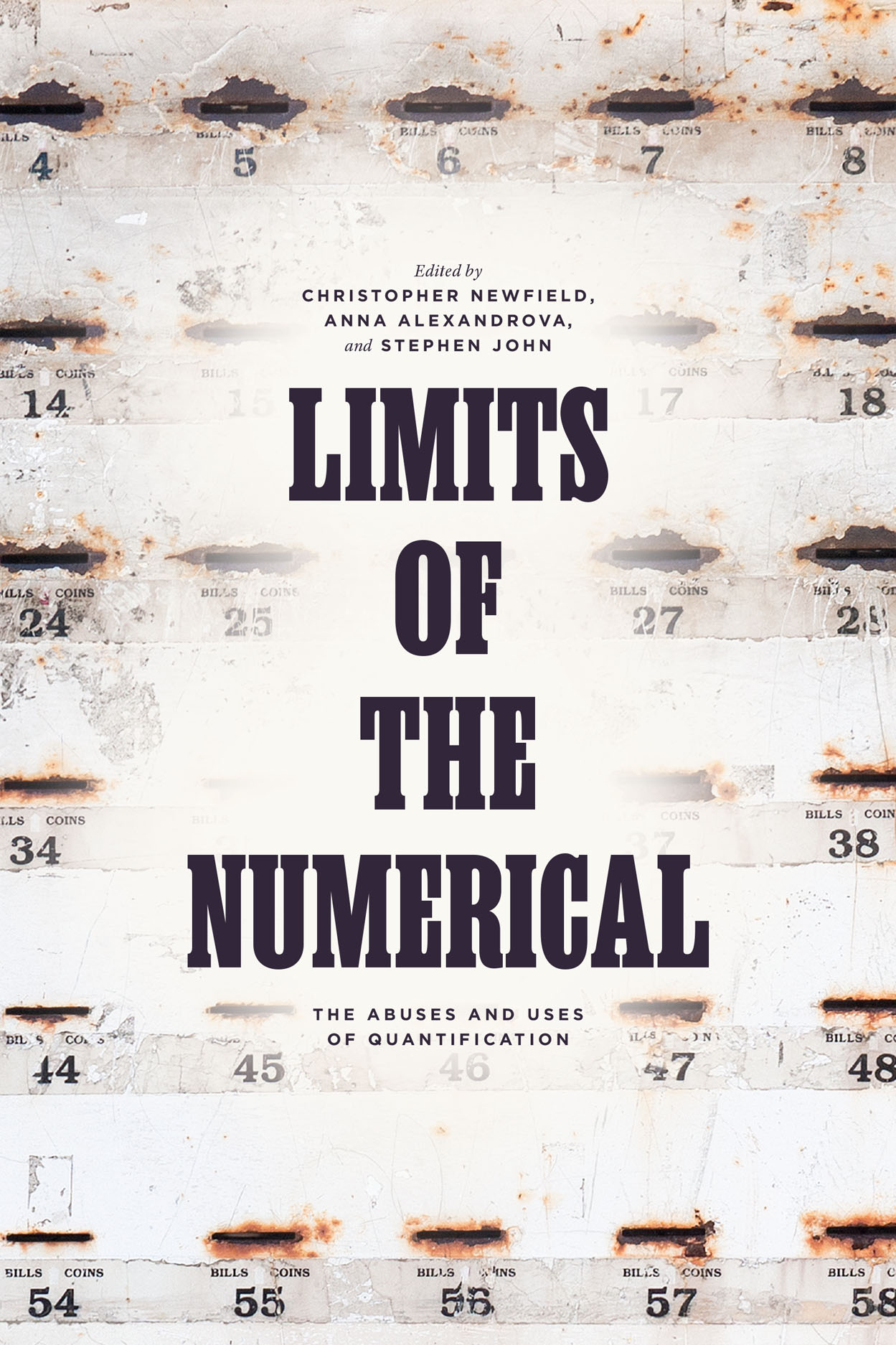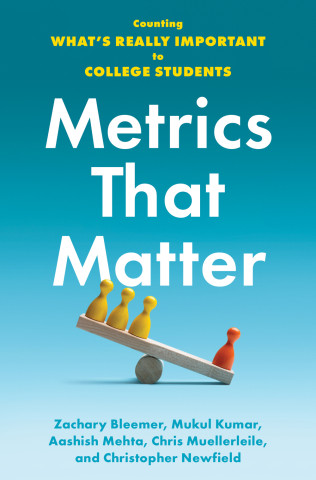 |
| Train Entering Station NYC on Oct 30, 2022 |
I mean the question literally. The New School (TNS, by which I’ll mean all its colleges) has advantages most private colleges would die for. Why is it now trying to push out 40% of its faculty and most experienced staff, mainly on the academic, non-arts side? How did it develop a $48 million deficit for the current year, or around 10% of operating expenditures? President Joel Towers has announced these things but does not explain them. His administration has published a closure list with no academic reasoning about the choices.
I’ve read all the documents I can access. My sense is that senior managers have made important financial errors over a number of years, and yet the underlying problem is poor academic planning. 2025’s Summer Working Groups notwithstanding, senior management have not yet constructed a multi-year collaborative academic planning process involving all faculty and frontline staff.
The 2024 Strategic Plan offered values and intentions without academic goals or methods to achieve them. An October 2023 memorandum from the college deans to interim president Donna Shalala, “Budget Strategy for Financial Sustainability,” names some programs as sample possible initiatives without proposing any. The memo mainly registers non-planning: an abandoned task force on the liberal arts in 2020, and restructuring discussions among the deans that ended in disagreement.
Now, in 2025-26, senior management lack a renewed academic self-conception for TNS; they don’t have the intellectual resources required to fix the deficit. So they have turned instead to a formulaic restructuring that is disconnected from concrete educational practices and wholly controlled by fiscal crisis.
I’ll explain why I say this. I’ll also do a first pass at a less destructive fix than the one the president, Joel Towers, and provost, Richard Kessler, are imposing now. It involves gradually reducing deficits over three years, to make room for an academic redesign process that stays in the hands of frontline faculty, staff, and interested students. It would be a lot of extra work, but it’s in the spirit of the original New School, would in theory enable everyone to keep their job, and would create the more equitable and interactive TNS that everyone seems to want.
§§§
President Towers states that 2025-26 is “the third consecutive year ending with a significant structural deficit exceeding $30 million,” and that in May 2025, the Board of Trustees approved a budget with a deficit of $31 million. Six months later, the 2025-26 deficit had increased by 55% to $48 million. Towers blames both underenrollment and increased costs, but Trump’s hostile climate for higher education, including attacks on its international students, was fully in place by May, so I’m not sure what lies behind an error of this size. In any case, there’s clear pressure to do some big things fast.
But which big things? And how fast? Student enrollments have been falling for several years, first by 500 a year and then by double that. In 2025 they’re down about 25% from 2021 (listed currently as 9102 degree students and 10,746 total enrollments).
Figure 1. The New School Degree Seeking Students
Senior administrators have had several years, in other words, to focus on rebuilding enrollment—if that’s the actual goal. More on this as we go.
Management seems to have been slow in implementing some obvious savings within the current multi-college structure.
Figure 2. The New School's Current College Structure
It’s deliberately decentered, with the academically legendary New School for Social Research (NSSR) at the crowded end and Parsons upstream of everyone else. Maybe that symbolizes something, and Parsons does have about half of total TNS enrollment.
Towers has announced some low-hanging fruit to be picked. They should have been picked years ago, but better late than never. One is merging duplicate departments. Another is regularizing leaves and teaching loads: full-time faculty loads are expected to increase 10%, saving $1.4 million a year. A third is coordinating course offerings with enrollment demands. A fourth is consolidating under-enrolled courses. Why knows why these didn’t happen years ago, but anyway they’re of some help. Add in an 18--month hiring freeze for most positions, a similar pause on retirement contributions, temporary pay cuts of 5-10% for the highest salary tiers, and some other stuff, and TNS could save say $5 million per year for the next couple of years. (I’m drawing these estimates from the document, “Cost Cutting Levers Deliverable_Updates 9.4.”)
Then there are the big measures. The first is the college mergers. NSSR is to go with the Lang undergraduate colleges, Parsons, Performing Arts, and Media come together as a second academic unit, and the Schools of Public Engagement (SPE) seem to disappear. (SPE embodies the original 1919 mission of continuing education, which is more relevant than ever; its closure or absorption into nondescript courses here and there seems daft.) “Levers” estimates the savings on mergers as $8.8 million a year.
The second big measure is academic program closures. They are pausing all PhD programs for one year. 14 departments will be merged into 7 on grounds of duplication. 7 degree programs are being terminated. 16 departments are to experience the rather Orwellian state of “Entering Indefinite Discontinuance for Redesign.” 13 are under a redesign rubric called “global, environmental, and urban futures,” and the other 3 under “the social sciences and humanities.”
I don’t have access to the redesign charges and don’t quite see the point of this. Neither of these clusters name a coherent object of study, new and distinctive issue, or unified set of methods. My default assumption is that they indicate two future superdepartments that are imagined as teaching a not-too-reduced number of students with a much smaller faculty. If true, they’d be service departments with diminished intellectual effects.
I started wondering whether intellectual backgrounding or downgrading was the goal for the NSSR-Lang college while pondering an odd features of “Levers.” It projects savings at three different sizes of student body—6,000, 8,000, and 10,000. (I am not sure where they think they are now—I assume 10,000 [Figure 1] but that would normally be the middle case where 8,000 is). I’m struck by the way that TNS 6000 saves $27 million on administrative staff (I assume through mass layoffs) while TNS 10000 saves nothing on administration, suggesting the current staff is necessary while staffing costs will naturally vary with a workload tied to student body size.
This does not happen with the projected savings of the merger and the program closures, or the other academic measures like regularized teaching loads. They stay at $8.8 million savings for mergers and $22.4 million for program closures across the three enrollment cases. This says to me that enrollment drops didn’t cause the proposed closures since they are to happen at the same scale regardless of enrollment. Put otherwise, if enrollment stabilizes or even grows from 10,000 up, the academic offer will still be narrowed and shrunk.
My research colleague Anna Champness noticed the same thing and sent this image.
Figure. New School Cost Cutting Proposals by Sector
It looks as though the academic core will be cut no matter what.
It’s worth noting that “80% of all sections across the university are taught by part-time faculty” (“College Deans” 2023). These deans wanted to dial adjuncting down, but the current plan is likely to do the opposite (and see Parsons / Lang professor Soyoung Yoon’s comment). Further reductions in force will lower educational quality, student learning, personal advising, and the related things a university that struggles with enrollment wants to raise.
§§§
I lack access to the relevant granular data, like departmental-level cash flows, so am offering here a few educated guesses about likely outcomes.
The first is that the merger will be of little benefit to TNS. Operating savings from mergers are generally overstated, and costs generally ignored. There’s a large literature on this that I won’t go into (here’s one sample overview), except to say that everything depends on the group dynamics, the working cultures, of the groups that come together: do they create and maintain ongoing collaborative processes that improve teaching, research, and other substantive activities?
“Integration” is hard. It requires staff and faculty overwork and goodwill. It depends on reducing what Chiara Cordelli calls “sociopolitical alienation” through meaningful self-determination. People work well together only if they expect equitable outcomes, and TNS has a long history of inequity (see Julia Foulkes’s excellent short overview and co-authored book). Integration processes require multidimensional support and cost real money. Unfortunately, TNS management has torched goodwill with its holiday severance pressure and has decided it has no money. Throw in brand confusion and retroactive self-tarnishing and one can reasonably conclude that this merger is more likely to money than to save it.
I have similar concerns about the program closures. Superdepartments –if that’s the plan—have weak identities and weak student pathways, especially when they’ve lost many of their experienced faculty. Lower supply readily leads to lower demand as more students can’t find the particular courses they were looking for. Distinctive offerings are generally purged first—these are often low enrollment courses because they’re specialized, original, and/or difficult, but they make the department special and help bring students into the unit’s other offerings. The “indefinite redesign” faculty will be under enormous pressure to find a curriculum that is supercool yet fully standardized for mass appeal. They are clever people so may find some new semi-magical pathways for students, but this will have had little assistance from the restructuring itself—quite the opposite.
Mergers make sense to business consultants, who sell the restructuring process as their service while remaining unaccountable for its internal functionality. In the UK, mergers have become the government’s official Hail Mary pass, and the KPMG report cited by a Labour minister in a Parliamentary hearing I have analyzed pitches the urgency of mergers without a single example of quantifiable savings. This is typical: savings are the responsibility of the university customer, and anyway the faculty are always there to be blamed when things go wrong. Mergers and closures, pushed down from above, belong to the era of High Neoliberalism when universities were told to follow the rules of scalable commodity businesses, often with disastrous results. The bloom is off the rose, though see the sociologist Cris Shore’s important review of the major consultancies’ formula that remains highly influential as managerial device.
My best guess is that the Towers-Kessler plan will traumatize TNS faculty and staff without closing the structural deficit. I just don’t see the academic plan that’s going to revitalize yet streamline everything along the way.
§§§
So what should they do instead? The obvious alternative is to find savings outside TNS’s academic core, while coordinating a meaningful, university-wide academic planning process rooted in frontline experience
TNS’s Economics Department has produced an analysis suggesting that $37 million could have been saved per year were several areas to have grown at the same rate as overall revenue (2.9% per year 2014-2024).
Figure 4. The New School: Internal Analysis of Deficit Sources
Cutting two areas, professional services and facilities and real estate, back to the trend line (over 2 years) would save nearly $25 million. “Levers” proposes terminating the lease at 301 First Avenue for TNS 6000, which would net $14.5 million by 2028-29. I don’t know whether this is feasible with a larger student body but it does suggest the scale of possible savings outside of academics.
On administrative salaries, the Econ statement (“$30.2 million”) notes that their data aren’t detailed enough to “distinguish between necessary growth in staffing mission-critical student-serving roles and upper administration bloat.” There are another $13.5 million in potential “trend gap” savings here. In addition, the endowment payout can be raised (again), for three years, to gain further headroom.
The higher ed finance analyst Rudy Fichtenbaum has conducted an analysis of TNS’s 2021-24 financial statements at the request of the AAUP. His work shows that TNS can afford to work on the deficit over three years without laying off faculty or staff. He observes that while TNS debt is high (tied to capital expenditures not operations), its earnings before interest, depreciation, and amortization (EBIDA) are positive ($23.7 million in 2024) and were “rock solid” as recently as 2023 ($65.6 million). Fitchenbaum notes that auxiliaries are losing $10-11 million a year and are a better target for cuts than are faculty and staff. Perhaps most importantly, he finds that TNS had reserves of $469.7 million, enough to cover nearly a full year of expenses. This is a very healthy ratio of reserves to expenses (around 1.0), and allows TNS readily to cover its deficit.
In short, TNS senior management has multiple decent revenue options that allow it to close its deficit over 3 years without gutting large parts of the academic workforce and existing curriculum. It could stick with early retirement incentive programs for older staff and faculty who can afford to stop working. But it should retract the mass layoff threat and give the savings-and-planning system a full three years to work.
§§§
No faculty member I know thinks that TNS should stay as it is. Non-core savings can buy time to conduct a full-scale academic planning process. This would build on the 2025 Summer Working Group efforts that led to the current situation. It would feed in ideas from every unit of the university and would involve everyone at least at the level of their own unit. Frontline expertise would provide the content. Administrators would assemble, coordinate, represent for iterative discussion.
This isn’t the place for any detail about the process. But the basic idea is that TNS could pioneer a process in which democratic economic and academic planning would be applied in an existing university. Some version of this process is going to come to politics as we slowly exit neoliberalism (see Angus Hebenton & Martin O’Neill and Aaron Benanav for two examples). Universities are places that are fully capable of doing this and are also places that desperately need much better planning processes. Faculty, staff, and students would be full protagonists in the redesign of their institutions. They would enact democratized institutional deliberation and epistemic justice, thus giving TNS a new starring role in helping to lead higher ed out of the valley of the shadow of managerialism.
Planning really needs to start from TNS’s glories rather than its deficits. Here are a few outsider thoughts of what might be brought into academic planning.
TNS is in one of the world’s great cities, in a legendary section of it (Greenwich Village). It has an international intellectual reputation. It has a famous, admired heritage (great intellectuals of the 20th century fleeing Nazi Europe). It has an original mission that remains inspiring, which includes, as Hannah Leffingwell points out, a very relevant pledge to “eliminate presidents and deans and the usual administration retinue and cut the overhead expenses to the minimum.” It has major brands in important, popular professions, particularly Parsons School for Design.
It also has an inviting acceptance rate. An interesting, accomplished high school student who didn’t get into a Columbia that rejects 96% of applicants can enroll in TNS honestly telling themselves they’ll be attending a really special and potentially more interesting place. TNS should brag about its high accessibility rate.
TNS has a 10:1 student:faculty ratio, about one-quarter the effective ratio at places like the University of California, where an upper-division “discussion class” can have 40 to 140 enrolled students. And even after losing 10% of its enrollments over the past few years, TNS has 4-5 times the number of undergraduates of the small liberal arts colleges that are in real financial danger.
Those are some obvious advantages. TNS has other subtler ones. For example, it has no science and engineering fields whose research it has to subsidize. The University of California at Santa Cruz, once the UC system’s liberal arts campus, spent in FY2023 about $51 million of its own money supporting extramural research, while TNS spent about zero (Table 22). Adjusting for different sizes, TNS is avoiding $25-30 million a year not having to cover losses on science and engineering research.
Another advantage: TNS juxtaposes doctoral and community education. It was founded for adult education in 1919, and then added its renowned “University in Exile” in 1933. The interaction was never easy (see James Miller). Nonetheless, TNS has developed around formal academic departments and deep community engagement in a combination that many universities have been trying to invent from scratch. Few or none of them will ever have them on any kind of parity, which TNS has had at least at some times in its history.
There’s another thing that makes me a bit jealous. TNS sits at the crossroads of the future of liberal arts, where the liberal and the practical arts meet. This model will synthesize scholarly, historical, and analytical knowledge and their research capabilities with systematic education in a coherent set of skilled practical arts –digital design, sound editing, etc—brought to a professional level. The revised model will also teach quantitative analysis to qualitative students, shattering a divide that belongs to a backward positivism and the Cold War. TNS has been doing combinations of scholarship and practice for real, and not just for the marketing brochure, for a hundred years. Who else has this already in place? Colleges all over the country have been trying to reinvent TNS’s wheel.
My feelings about the state of TNS shifted as I read the documents. For a while it seemed mainly like a case of chronic too-late and too-timid top-down management that had doomed the university to a diminished future. But I ended thinking that Towers’ several sentences of optimism could be realized—if they are developed from the bottom up. Use cuts outside the academic core to buy three years, and do the full university community reinvention. Democratized collaboration can make it really fabulous.
















